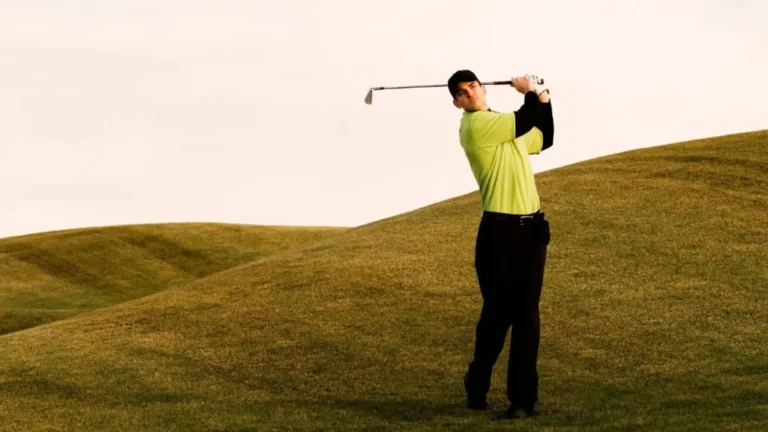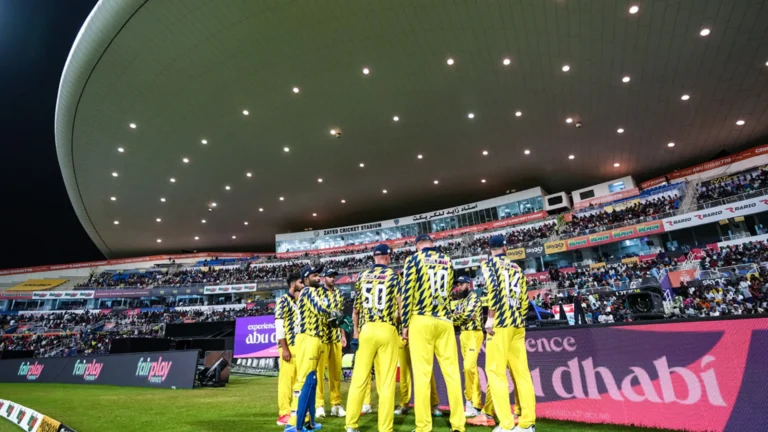Putting the Ball in the Hole: PGA Tour Putts Per Round Analysis
One of the most important skills in golf is putting. For PGA Tour professionals, consistently making putts can mean the difference between winning and losing tournaments. Understanding putting statistics such as putts per round can reveal which players excel on the greens. This article will examine PGA Tour putts per round data, examining trends, top performers, and strategies for improving this critical metric.
PGA Tour Putting Fundamentals
Putting is a unique golf skill that requires incredible precision and nuance to master. Putts per round become an informative stat for gauging quality of play on the heavily contoured and fast greens found on PGA Tour courses. The PGA Tour tracks several putting performance metrics, including putts per round, which measures the average number of putts a player makes on greens in regulation over the course of a tournament or season.
The best PGA Tour putters average 27-29 putts per round. That equates to about 1.5 putts to finish each hole. They can rise to the top of leaderboards thanks to their elite putting. Understanding PGA Tour putts per round trends reveals keys to success. Analyzing top performers’ putts per round averages provides a benchmark for other professionals and amateurs to strive for.
Keeping Track of Putting Performance Over Time
For over 30 years, the PGA Tour has kept detailed putting statistics such as putts per round. Long-term trends show that professional putts per round are declining moderately. Agronomic advances that allow for smoother, faster greens are most likely a factor. Another factor is improved player skill and coaching.
PGA Tour players averaged around 30 putts per round in the early 1990s. On average, that number is now between 27 and 28 putts per round. This aggregate figure, however, conceals differences between players. While some struggle to keep putts under 30 per round, the best make far fewer.
Golfers with exceptional putting ability, such as Tiger Woods, Jordan Spieth, and Justin Thomas, set the standard. During peak seasons, they averaged 27 or even 26 putts per round. Keeping these incredible totals across tournaments demonstrates their world-class precision.
The goal for most pros on tour is to average 27-29 putts per round. To evaluate their own progress on the greens, amateurs should use the benchmark of 30 putts or less per round.
Leaders and Key Metrics
Digging deeper into putts per round statistics reveals useful context. Examining performance based on putt distance, in addition to overall putting average, is critical. The PGA Tour ShotLink data computes percentages of putts made from various ranges. This demonstrates who is good at both close range and long distance putting.
Dominic Bozzelli led short-range putting in recent years, hitting over 80% from 5 feet and in. Francesco Molinari dominated mid-range potting from 10-15 feet, making 42.2% of his attempts. Kevin Kisner, meanwhile, dominated long-distance putting from 15-20 and 20-25 feet.
Understanding who is at the top of various putting distance categories can help you improve your range-specific practice. The combination of repetition from different lengths results in elite putts per round totals.
This is demonstrated by rising young stars like Collin Morikawa and Scottie Scheffler. They rank highly in mid and long distance putting percentages in their early career seasons on tour. Their ability to shoot from 10 feet and beyond compliments their short game. Morikawa and Scheffler average around 27 putts per round, demonstrating their comprehensive putting ability.
The Secrets to Cutting Putts Per Round
Several strategies are available to golfers who want to lower their putts per round averages on tour or in amateur play.
The first step is to devote dedicated practice time to short putts inside 10 feet. These high percentage putts, which even pros occasionally miss, have a disproportionate impact. Just one more three-footer per round would subtract four putts.
Second, for longer lag putts, speed control is critical. Leaving these putts close to the hole results in simple tap-ins. Excellent distance control should result in fewer three-putts.
Finally, better visualization and Aimpoint training reduce misreads when reading greens. Players who struggle with pace and reading miss shots, resulting in unnecessary 3-putts. Those who have mastered green reading skills, on the other hand, can confidently attack pins. This results in more birdie opportunities and, more importantly, avoidance of large numbers.
Implementing these tips to improve putting skills in all areas can result in fewer putts per round. Comprehensive putting, which includes everything from short game precision to lag putting strategy and green reading, allows both tour players and amateurs to lower their averages.
Thoughts for the Future
Expect moderate reductions in PGA Tour average putts per round in the coming months. Young rising stars like Sahith Theegala and Davis Riley are already among the top 20 in overall putting average. After playing full seasons on tour and honing their skills, they could join an elite group of putters who average around 26 putts per round.
This trend should be aided further by advances in technology in training tools, analytics software, and greens maintenance. As a result, the PGA Tour standard for world-class putting will continue to fall. This means that fans and spectators will be treated to ever-increasing displays of putting prowess. Meanwhile, to meet rising expectations on the greens, amateurs must continue to improve their precision, strategy, and technique.
Conclusion
Sinking more putts translates to higher golf scores at all levels. That is why tracking and analyzing putting performance metrics such as PGA Tour putts per round provides useful information. Long-term trends and elite player averages provide guidance for professionals and amateurs looking to improve their short-game skills. A well-rounded putting ability, with precise short putts, excellent distance control, and strong green reading, is essential for progress. While tour expectations and putting prowess continue to rise, dedicated practice, strategy, and analysis enable all players to excel on the greens and lower their putts per round.







